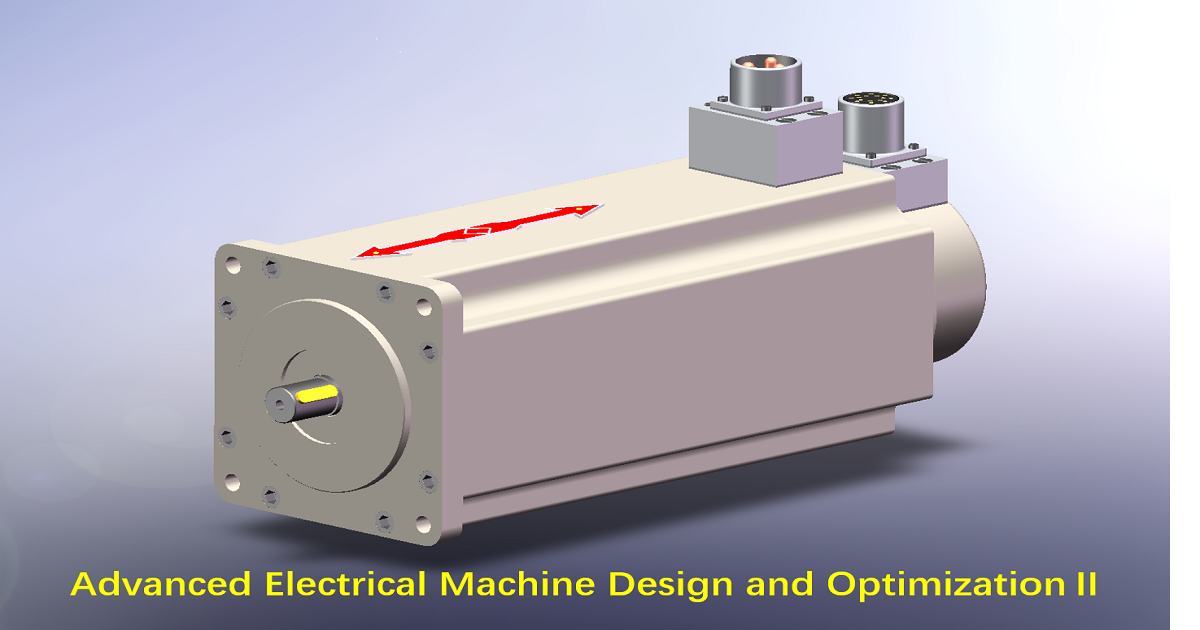Advanced Electrical Machine Design and Optimization Ⅱ
Topic Information
Dear Colleagues,
Electrical machines play crucial roles in modern industry and domestic applications. This Special Issue aims to publish the recent development on the advanced design and optimization of electrical machines, such as new design and analysis techniques, system-level, multi-objective, multi-level, multi-physics, robust, digital-twin and learning-based design, and optimization of electric drive systems. We look forward to your recent works in this area.
Prof. Dr. Youguang Guo
Dr. Gang Lei
Dr. Xin Ba
Topic Editors
Keywords
- electrical machines
- advanced design and analysis
- multi-level optimization
- multi-objective optimization
- multi-disciplinary optimization
- robust optimization
- digital twin techniques
- learning-based design and optimization

Participating Journals
60,400 Articles
Launched in 2008
3.2Impact Factor
7.3CiteScore
17 DaysMedian Time to First Decision
Q3Highest JCR Category Ranking
54,281 Articles
Launched in 2008
3.2Impact Factor
6.4CiteScore
15 DaysMedian Time to First Decision
Q2Highest JCR Category Ranking
27,426 Articles
Launched in 2012
2.6Impact Factor
6.1CiteScore
16 DaysMedian Time to First Decision
Q2Highest JCR Category Ranking